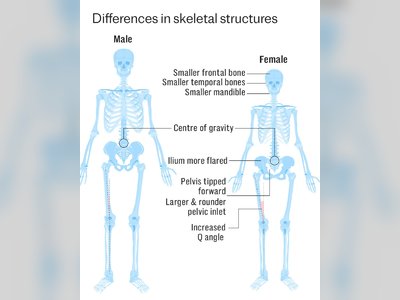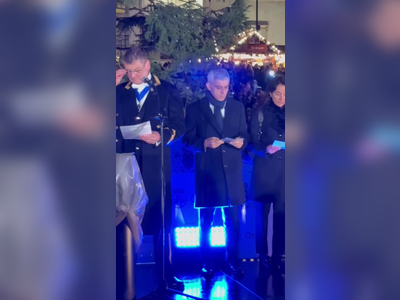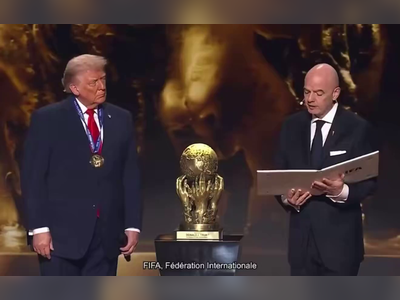Syrian President Ahmed al-Sharaa Arrives in Washington After U.S. Delists Terror Designation
Historic first visit by a Syrian head of state to White House follows U.S. removal of sanctions and blacklist status
Syrian President Ahmed al-Sharaa arrived in Washington on Saturday for an official visit in which he is scheduled to meet U.S. President Donald Trump at the White House — the first time a Syrian leader has done so since Syria gained independence in 1946. The arrival follows Washington’s decision to remove al-Sharaa from its terrorism blacklist and the United Nations’ vote to lift related sanctions, signalling a dramatic shift in U.S.–Syria relations.
The visit comes after the U.N. Security Council, at the United States’ request, voted to remove sanctions against al-Sharaa and his interior minister, Anas Hasan Khattab.
The resolution passed with fourteen votes in favour and one abstention by China.
U.S. officials described the move as a political signal recognising Syria’s transition following the fall of President Bashar al-Assad’s regime.
The U.S. delisting acknowledged progress by the Syrian leadership in meeting demands including the recovery of missing Americans and dismantling remnant chemical-weapons capabilities.
Syria’s interior ministry announced that authorities conducted sixty-one raids and made seventy-one arrests targeting sleeper cells of the Islamic State group across multiple provinces.
Mr al-Sharaa, whose rebel forces last year ousted the Assad regime, has embarked on a diplomatic tour that included a September address to the U.N. General Assembly, where he urged the lifting of all sanctions.
His Washington visit aims to press for reconstruction funds in the face of an estimated US$216 billion cost of rebuilding after thirteen years of civil war.
In Washington, agenda items are expected to include Syria’s possible entry into the U.S.-led coalition against the Islamic State group, reconstruction assistance, and evolving security arrangements with regional players, including Israel.
Analysts view the Washington trip as a defining moment not only for Syria’s international reintegration but also for U.S. foreign-policy realignment in the Middle East.
As the visit unfolds, stakeholders will be watching closely what form the U.S.–Syria relationship takes next, how reconstruction commitments are structured, and whether the removal of sanctions is matched by concrete follow-through.
The visit comes after the U.N. Security Council, at the United States’ request, voted to remove sanctions against al-Sharaa and his interior minister, Anas Hasan Khattab.
The resolution passed with fourteen votes in favour and one abstention by China.
U.S. officials described the move as a political signal recognising Syria’s transition following the fall of President Bashar al-Assad’s regime.
The U.S. delisting acknowledged progress by the Syrian leadership in meeting demands including the recovery of missing Americans and dismantling remnant chemical-weapons capabilities.
Syria’s interior ministry announced that authorities conducted sixty-one raids and made seventy-one arrests targeting sleeper cells of the Islamic State group across multiple provinces.
Mr al-Sharaa, whose rebel forces last year ousted the Assad regime, has embarked on a diplomatic tour that included a September address to the U.N. General Assembly, where he urged the lifting of all sanctions.
His Washington visit aims to press for reconstruction funds in the face of an estimated US$216 billion cost of rebuilding after thirteen years of civil war.
In Washington, agenda items are expected to include Syria’s possible entry into the U.S.-led coalition against the Islamic State group, reconstruction assistance, and evolving security arrangements with regional players, including Israel.
Analysts view the Washington trip as a defining moment not only for Syria’s international reintegration but also for U.S. foreign-policy realignment in the Middle East.
As the visit unfolds, stakeholders will be watching closely what form the U.S.–Syria relationship takes next, how reconstruction commitments are structured, and whether the removal of sanctions is matched by concrete follow-through.












